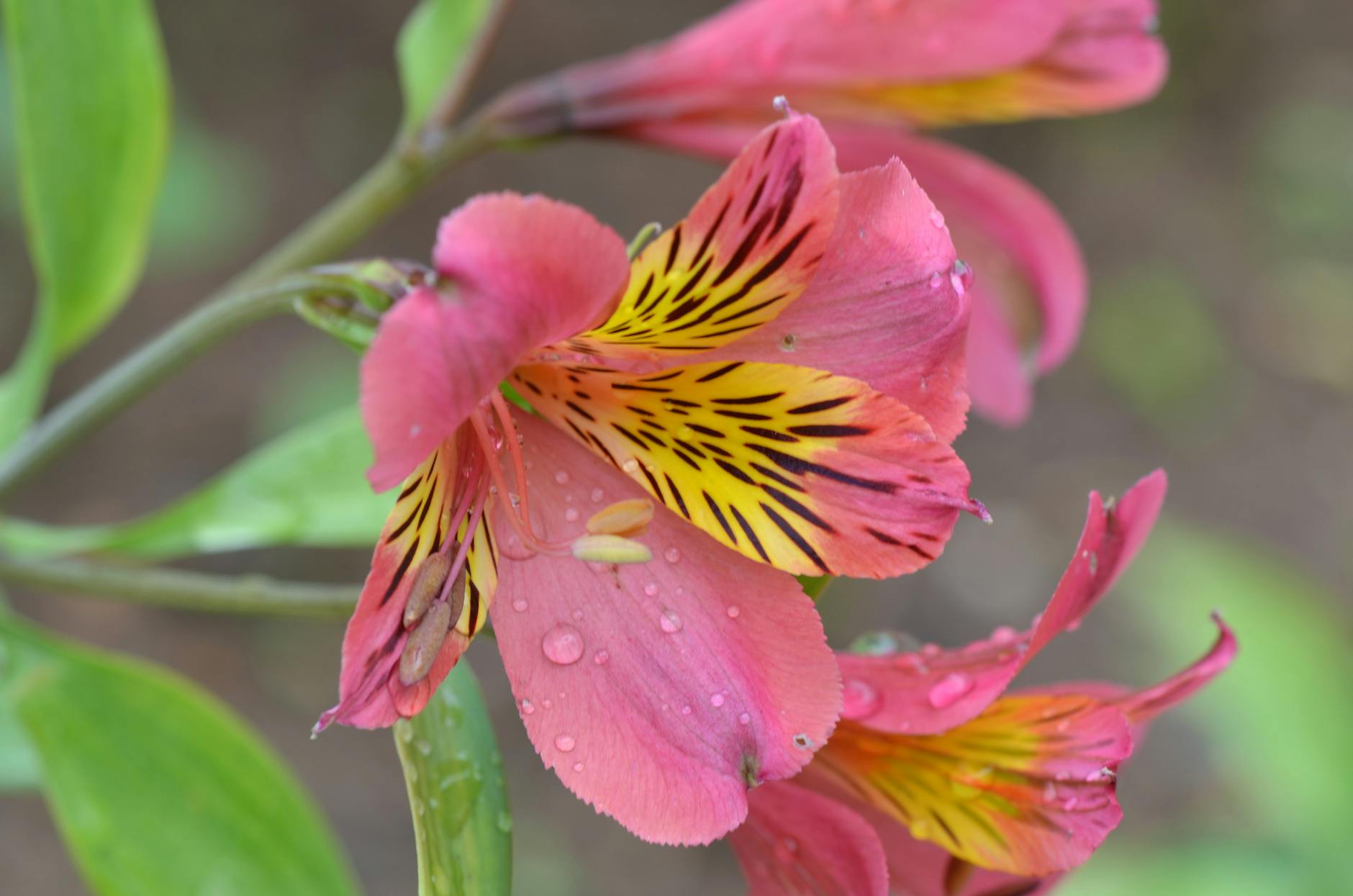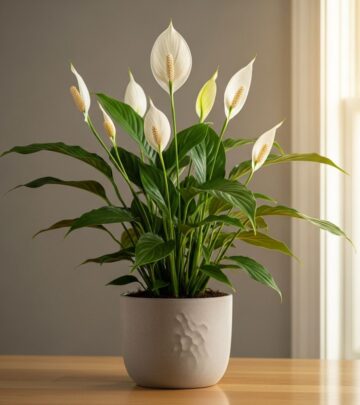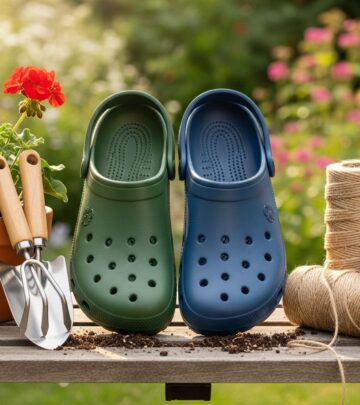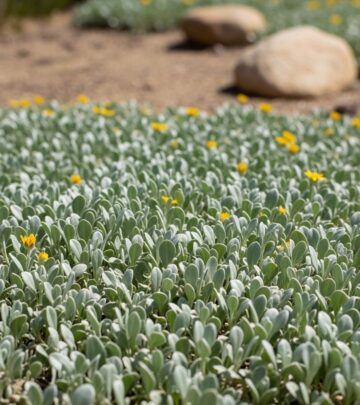How To Prune Roses: Expert Guide For Abundant Blooms
Master expert methods to nurture vibrant petals and boost garden vitality every season.

Essential Guide to Pruning Roses: Techniques for Healthier Plants and More Blooms
Pruning is arguably the most important maintenance task for keeping your roses healthy, vibrant, and blooming abundantly. Many gardeners approach rose pruning with trepidation, worried they might damage their precious plants. However, as experienced rose growers often say, “You can’t hurt your roses by pruning them! In fact, you can harm them by not pruning them.” With proper pruning techniques, you’ll not only improve the appearance of your roses but also their overall health and flowering capacity.
This comprehensive guide will walk you through everything you need to know about pruning roses, from understanding why pruning matters to mastering the techniques for different rose varieties. Whether you’re a beginner or experienced gardener, these tips will help you achieve stunning results in your rose garden.
Why Pruning Roses Is Essential
Pruning isn’t just about maintaining an attractive appearance—it serves several critical purposes for rose health and vigor:
- Removes dead, damaged, or diseased wood that could harbor pests and pathogens
- Improves air circulation within the plant, reducing disease risk
- Stimulates new growth and more abundant flowering
- Creates a more aesthetically pleasing plant structure
- Controls size and shape to fit your garden space
- Rejuvenates older plants by encouraging fresh growth
By eliminating diseased canes and removing all remaining leaves during pruning, you effectively reduce the potential for diseases to spread to healthy new growth. This preventative approach is far more effective than treating problems after they develop.
When to Prune Your Roses
Timing is crucial when it comes to pruning roses. The optimal timing depends on your climate, the rose variety, and the type of pruning you’re performing.
Main Annual Pruning
For most rose varieties, the major annual pruning should be done during late winter to early spring, just as plants are coming out of dormancy but before they’ve leafed out significantly. This typically falls between January and March in most regions, depending on your local climate. The ideal time is right after the last frost has passed but before new growth becomes substantial.
Keep a close eye on your local forecast when planning your pruning schedule. If there’s another frost predicted after you’ve pruned, you’ll need to carefully inspect your plants afterward and prune away any cold-damaged areas.
Seasonal Pruning Schedule
| Season | Pruning Activity | Rose Types |
|---|---|---|
| Late Winter/Early Spring | Major annual pruning | Most rose varieties (hybrid teas, floribundas, grandifloras) |
| Early Summer | Pruning after first bloom | Once-blooming varieties |
| Growing Season | Deadheading and light shaping | All varieties |
| Late Fall | Light cleanup (in warmer climates) | All varieties |
Once-blooming old garden roses should be pruned immediately after they finish flowering, typically in early summer. This gives them time to develop new growth that will produce next year’s flowers.
Throughout the growing season, regular deadheading (removing spent blooms) will encourage continuous flowering in repeat-blooming varieties and maintain a tidy appearance.
Essential Tools for Rose Pruning
Having the right tools makes pruning easier, safer, and more effective:
- Bypass pruners: The most important tool for rose pruning, these make clean cuts on stems up to 1/2 inch in diameter
- Loppers: For thicker canes that are too large for hand pruners
- Pruning saw: Necessary for removing large, woody old canes
- Rose pruning gloves: Long gauntlet-style gloves that protect your hands and forearms from thorns
- Disinfectant: To clean tools between plants (70% isopropyl alcohol or a 10% bleach solution)
Always ensure your tools are sharp and clean before pruning. Dull blades can crush stems rather than making clean cuts, potentially damaging the plant and creating entry points for disease. Disinfect your tools between plants to prevent spreading potential pathogens.
Basic Pruning Techniques
While different rose types may require specific approaches, these fundamental techniques apply to most rose pruning:
Making Proper Cuts
The way you make each cut affects both the health of the plant and its future growth pattern:
- Make cuts approximately 1/4 inch (5mm) above an outward-facing bud eye (the small bump on the stem where new growth will emerge)
- Cut at a 45-degree angle sloping away from the bud, which helps water run off rather than collecting on the bud
- Ensure cuts are clean and smooth, not crushed or ragged
- For most varieties, prune to outward-facing buds to encourage an open, vase-shaped growth habit that improves air circulation
- For roses with spreading habits, occasionally prune to inward-facing buds to promote more upright growth
While conventional wisdom emphasizes the importance of angled cuts above bud eyes, some expert growers note that roses are remarkably resilient. The most important factor is removing the appropriate amount of growth using clean, sharp tools.
The 5 D’s of Rose Pruning
When approaching any rose bush, focus first on removing:
- Dead: Any brown, black, or shriveled canes
- Damaged: Canes that are broken, cracked, or otherwise injured
- Diseased: Any canes showing signs of disease like black spot or powdery mildew
- Dying: Weak or spindly growth that isn’t thriving
- Disoriented: Crossed or rubbing canes that grow toward the center rather than outward
After addressing these issues, you can move on to shaping the plant and determining how much healthy growth to remove based on the rose type and your pruning goals.
Pruning Different Types of Roses
Various rose classes require different pruning approaches to maximize their natural growth habits and flowering potential.
Hybrid Tea, Floribunda, and Grandiflora Roses
These modern roses benefit from relatively hard pruning:
- Remove all dead, damaged, and diseased canes
- Cut out any spindly growth (thinner than a pencil)
- Remove any crossing or inward-growing canes
- Reduce the height of remaining canes by 1/2 to 2/3, cutting to outward-facing buds
- Aim to leave 3-7 strong, healthy canes evenly spaced around the plant
- The final height should typically be between 12-24 inches, depending on the variety and your climate
This relatively severe pruning stimulates vigorous new growth that will produce large, high-quality blooms.
Climbing Roses
Climbers require a different approach since they bloom on older wood:
- Remove any dead, damaged or diseased canes
- Prune out any very old, unproductive wood (typically older than 3 years)
- Train main canes horizontally along supports to encourage flowering along their length
- Trim back side shoots that flowered last year to 2-3 buds (about 3-6 inches)
- Don’t heavily prune main structural canes except to control size
Established climbing roses should maintain their framework from year to year, with only light pruning of the lateral flowering shoots.
Shrub and Old Garden Roses
These roses typically need less intensive pruning:
- Remove dead, damaged, and diseased wood
- Thin out older canes to encourage new basal growth
- Lightly shape to maintain desired form and size
- For once-bloomers, prune after flowering
- For repeat-bloomers, follow the general spring pruning guidelines but with lighter cutting
Many shrub roses, especially newer varieties, are designed to be low-maintenance and require minimal pruning beyond basic cleanup.
Pruning Intensity Levels
The intensity of pruning can be adjusted based on your goals for the plant:
Light Pruning
Reducing plant height by about 1/4 to 1/3, this approach is ideal for:
- Landscape roses that need minimal maintenance
- Shrub roses with naturally attractive forms
- Gardens where a more natural, informal look is desired
Moderate Pruning
Cutting plants back by about 1/2, leaving 5-12 canes at a height of 18-24 inches:
- Improves branching structure
- Balances quantity and quality of blooms
- Suitable for most garden roses
Hard Pruning
Severe cutting that leaves 3-5 canes at 6-10 inches tall:
- Rejuvenates older, neglected plants
- Produces fewer but larger, exhibition-quality blooms
- Ideal for hybrid teas grown for cut flowers
- Recommended for newly planted roses to establish strong foundation
Seasonal Pruning Tasks
Deadheading During Growing Season
Regular deadheading—removing spent flowers—encourages repeat-blooming varieties to produce more flowers throughout the season:
- Cut just above the first set of five leaflets facing outward from the center of the plant
- Remove the entire flowering stem if it’s weak or spindly
- In late summer, allow some hips (seed pods) to form on varieties that produce attractive ones
- Stop deadheading about 6-8 weeks before your region’s first frost to help plants prepare for dormancy
Fall Cleanup
In late fall, perform light cleanup pruning:
- Remove any dead or diseased wood
- Cut back extremely long canes that might whip in winter winds
- Clean up and dispose of all fallen leaves and debris
- Avoid major pruning that could stimulate new growth vulnerable to frost damage
Aftercare Following Pruning
Proper post-pruning care helps roses recover quickly and thrive:
- Apply a balanced organic fertilizer after spring pruning to support new growth
- Ensure plants receive adequate water, especially as new growth emerges
- Apply a fresh layer of mulch around plants, keeping it away from the base of the canes
- Monitor for pests and diseases, which can be particularly problematic on tender new growth
- Dispose of pruned material properly—never compost rose debris that may contain disease spores
With attentive aftercare, your roses will quickly recover from pruning and reward you with healthy growth and abundant blooms.
Common Rose Pruning Mistakes to Avoid
Even experienced gardeners occasionally make these errors:
- Pruning at the wrong time, which can reduce flowering or increase disease susceptibility
- Failing to remove dead/diseased wood completely
- Leaving stubs rather than cutting close to outward-facing buds
- Creating a crowded center by not removing inward-growing canes
- Using dull or dirty tools that create ragged cuts or spread disease
- Pruning too lightly on roses that benefit from harder cutting
Remember that roses are remarkably resilient plants. Even if you make mistakes in pruning, most roses will recover and continue to grow. The benefits of pruning far outweigh the risks of making occasional errors.
Frequently Asked Questions (FAQs)
Q: Can I kill my rose bush by pruning too much?
A: It’s almost impossible to kill a healthy rose through overpruning. Roses are incredibly resilient and will typically respond to even severe pruning with vigorous new growth. However, proper timing is important—major pruning should be done during dormancy.
Q: What if I missed the ideal pruning time in early spring?
A: If you haven’t pruned by March, don’t worry. Your roses will still benefit from pruning, though it may delay flowering somewhat. It’s better to prune late than not at all.
Q: Should I seal the cuts after pruning?
A: No, modern gardening practice recommends against sealing cuts. Roses heal better naturally, and sealing products can actually trap moisture and promote disease.
Q: How do I know if I’m cutting too much or too little?
A: For most modern roses, removing about 1/2 to 2/3 of the previous season’s growth is appropriate. Always remove all dead, damaged, and diseased wood regardless of how much that is.
Q: What’s the difference between pruning and deadheading?
A: Pruning refers to cutting back stems and branches to shape the plant and encourage healthy growth, typically done in late winter/early spring. Deadheading is the removal of spent flowers during the growing season to encourage more blooms.
With these guidelines and techniques, you’ll be well-equipped to maintain beautiful, healthy roses that provide abundant blooms throughout the growing season. Remember that pruning is both an art and a science—your skills will improve with practice as you learn how your specific roses respond to different pruning approaches.
References
- https://www.bhg.com/gardening/flowers/roses/tips-for-pruning-roses/
- https://www.housebeautiful.com/lifestyle/gardening/a64759218/how-to-prune-roses-flower-guide/
- https://www.rhs.org.uk/plants/roses/pruning-guide
- https://www.gardendesign.com/roses/care.html
- https://eu.davidaustinroses.com/blogs/rose-care/a-guide-to-pruning
Read full bio of Anjali Sayee












